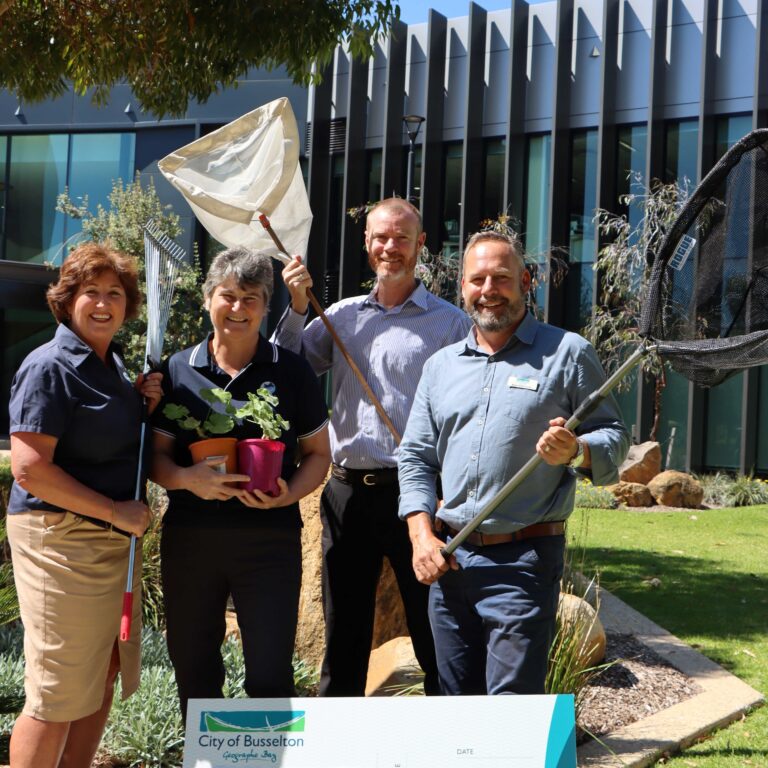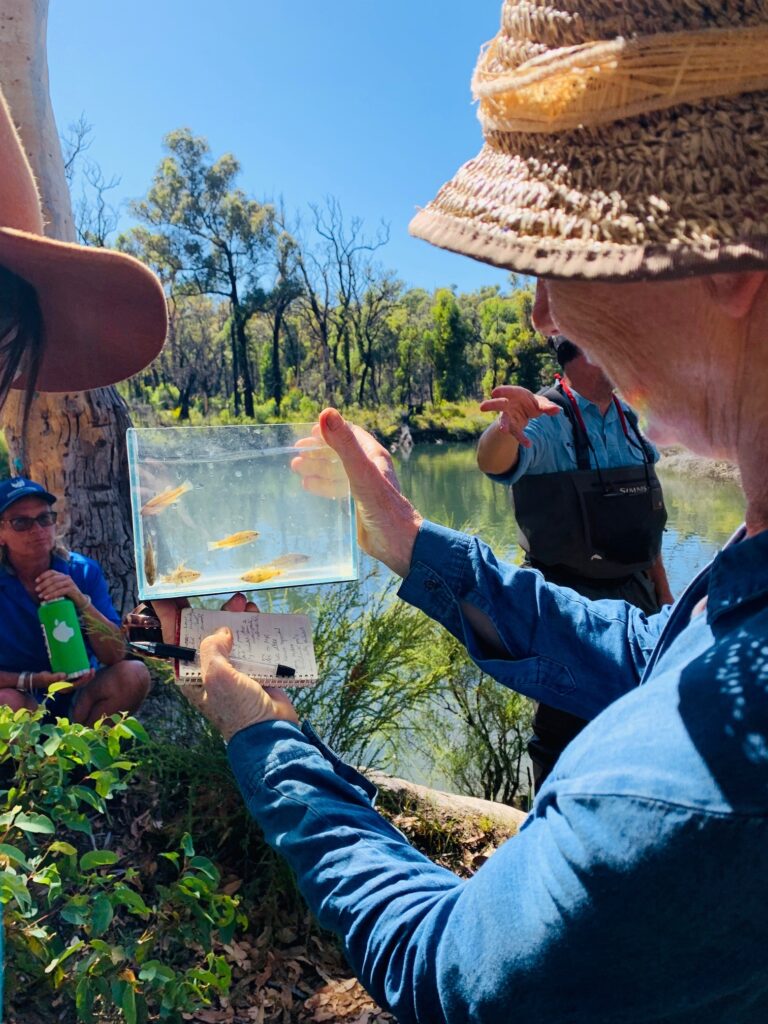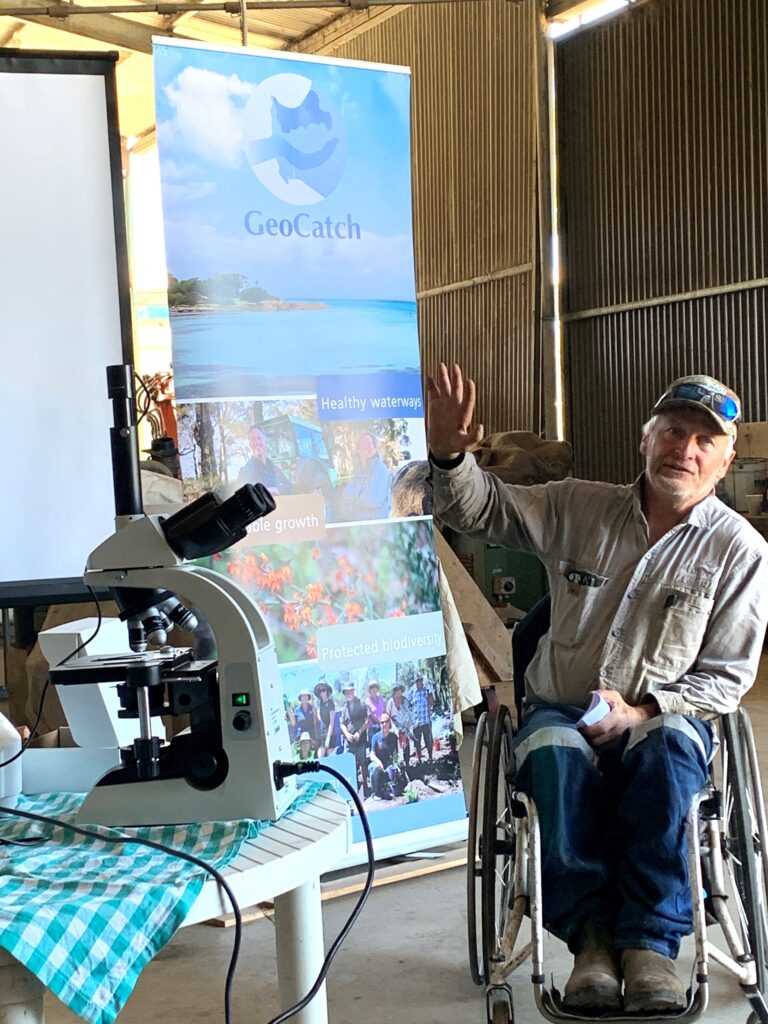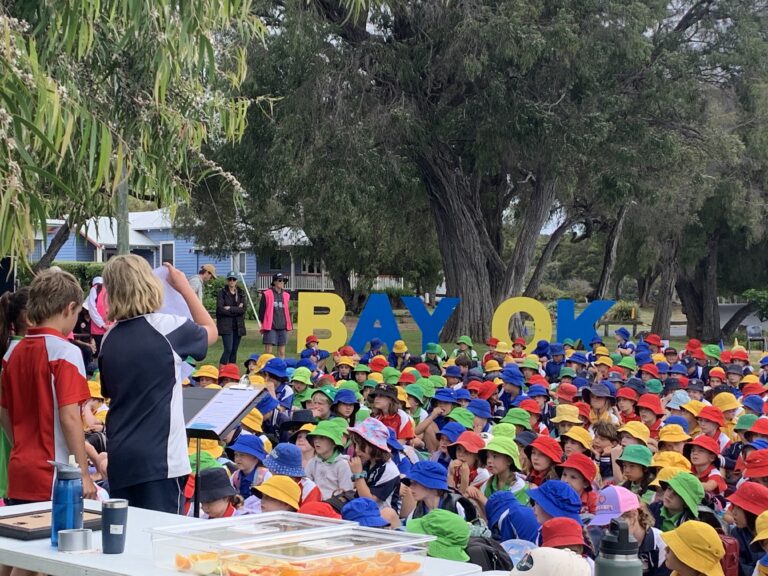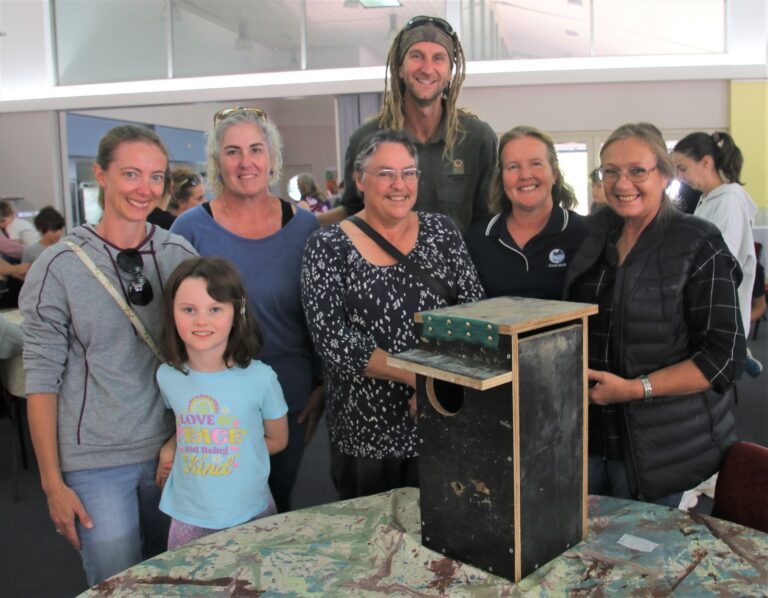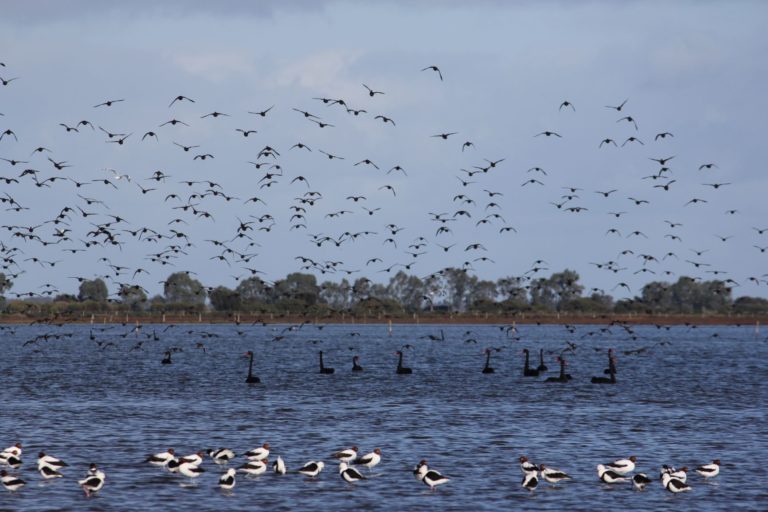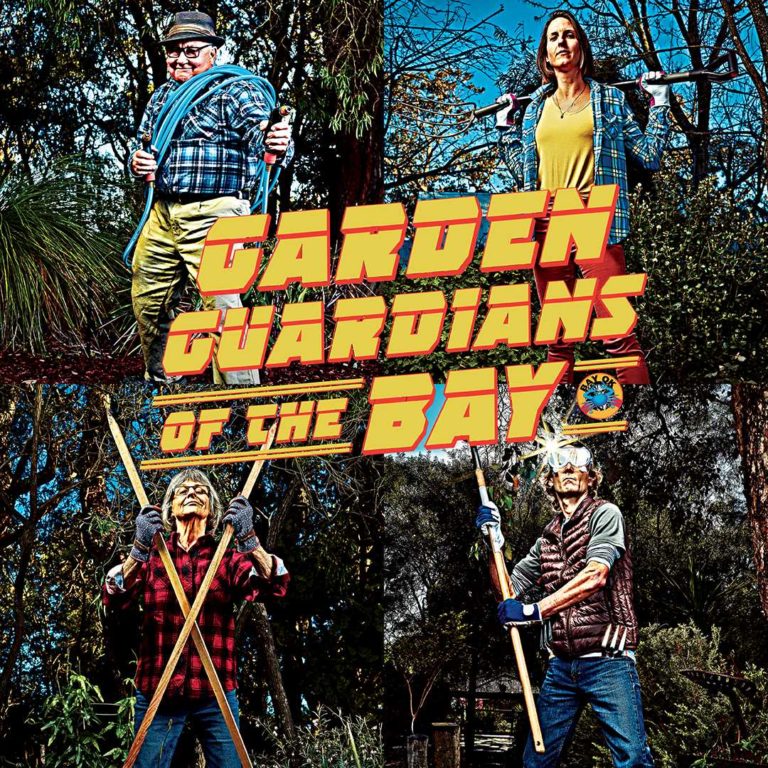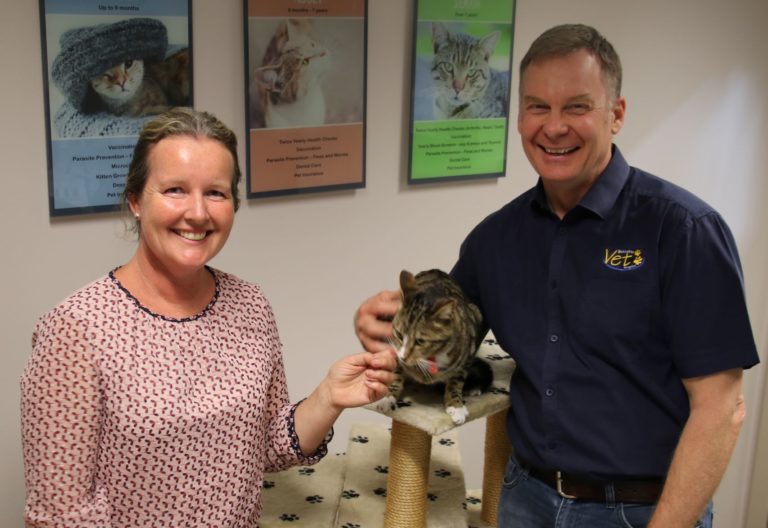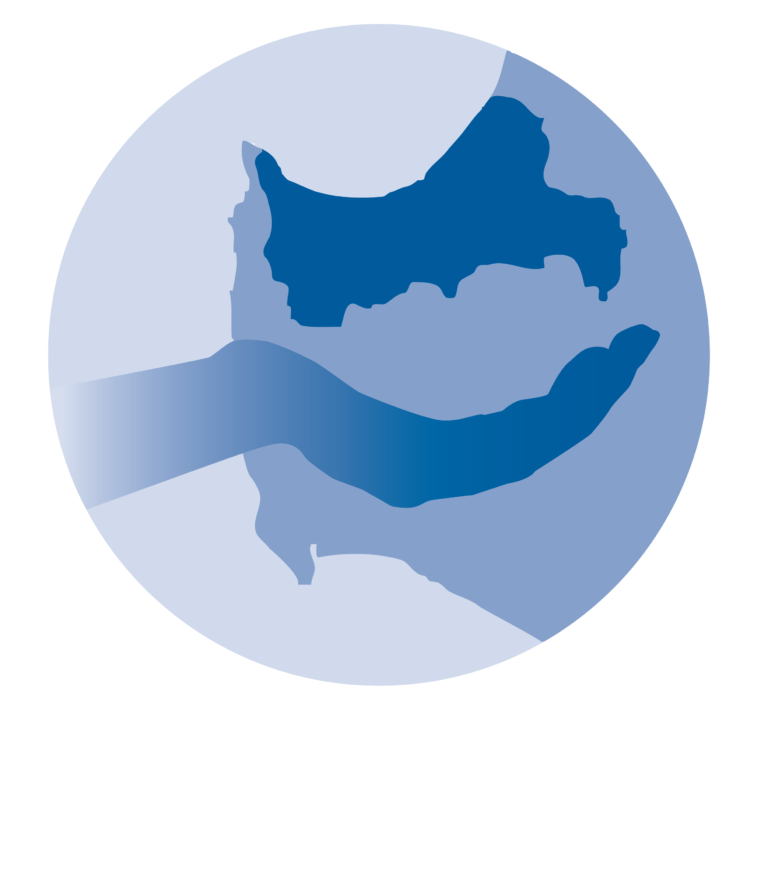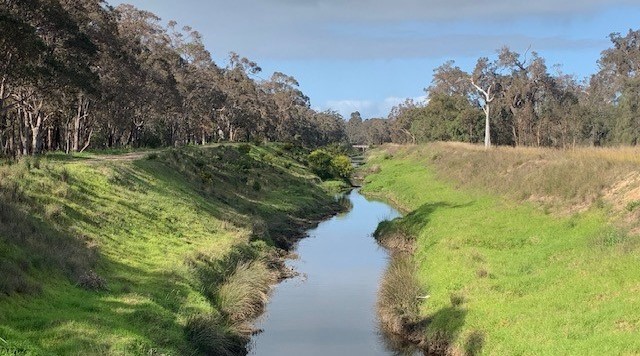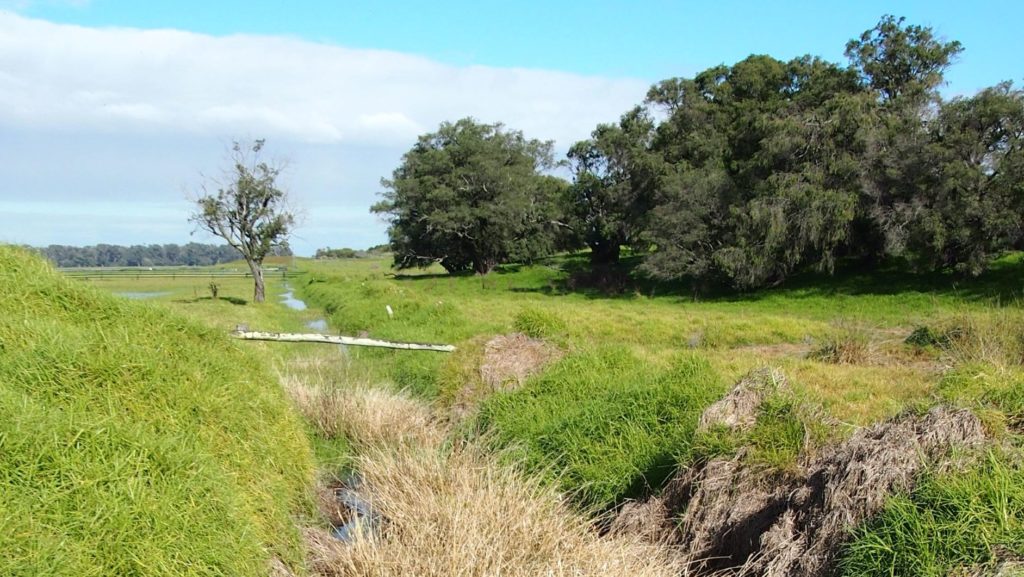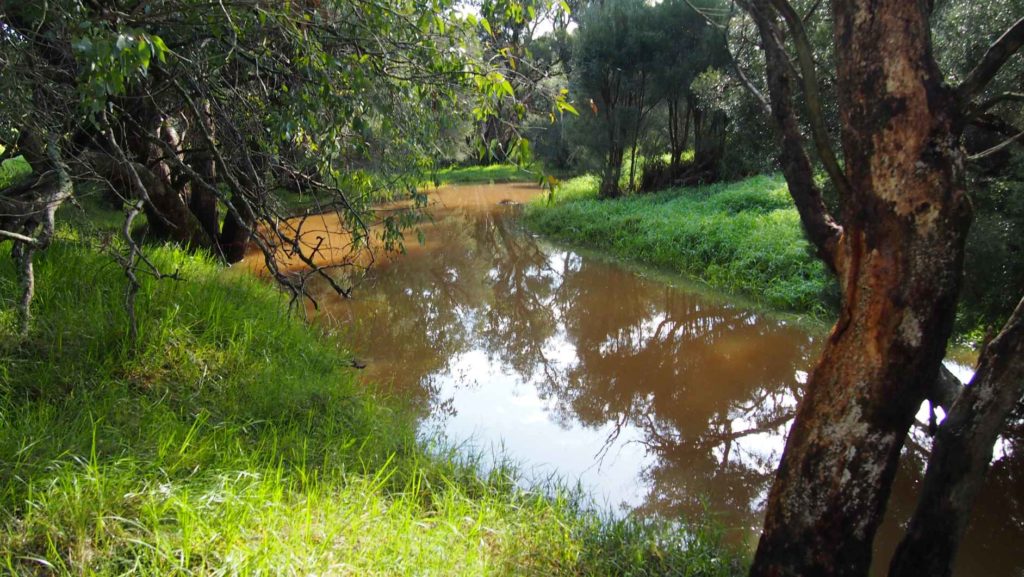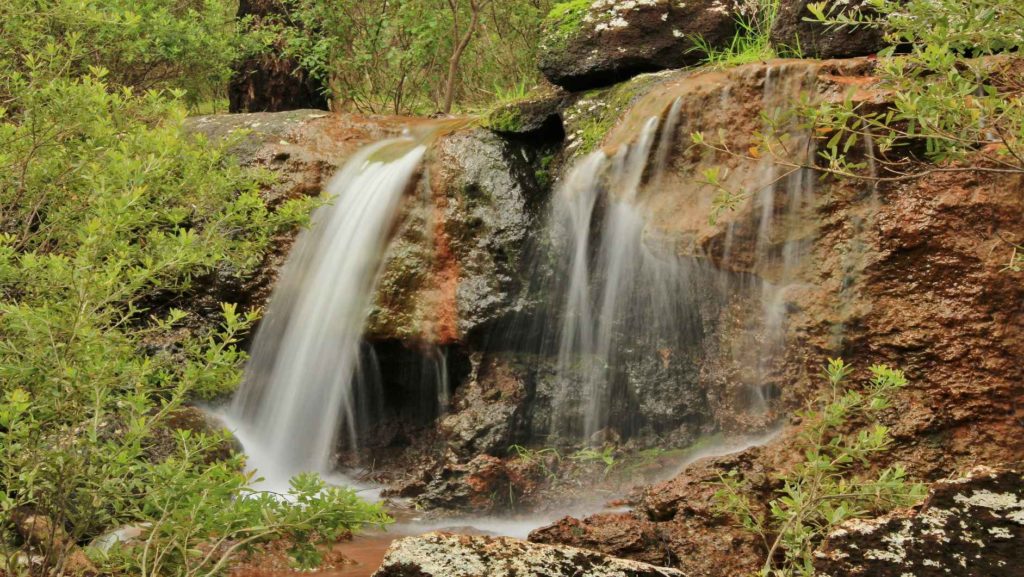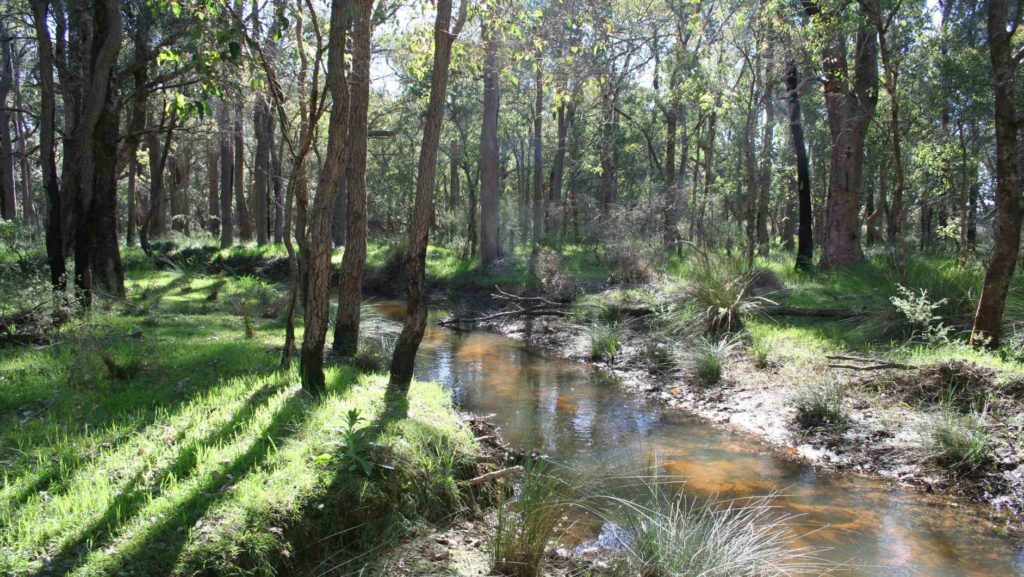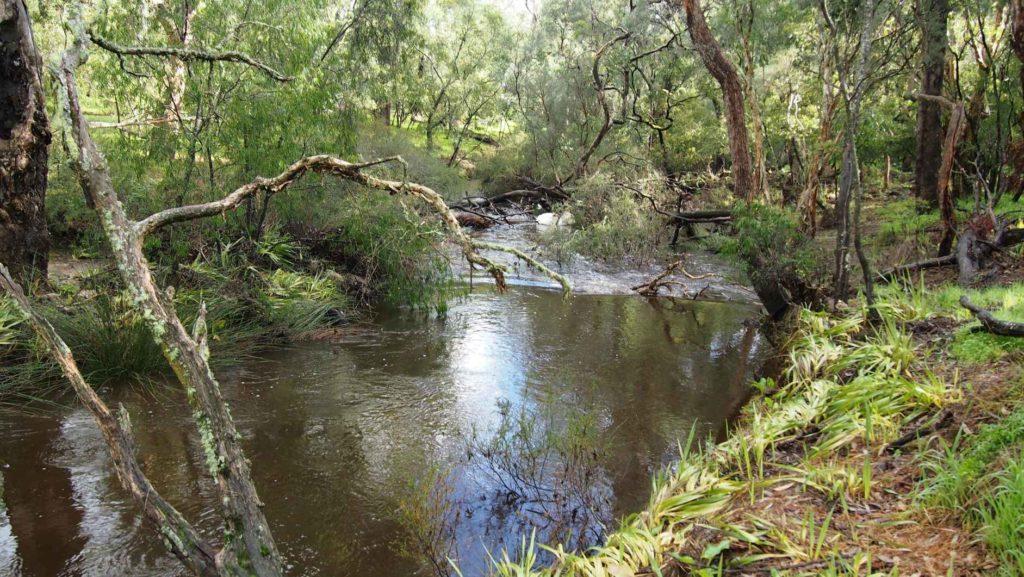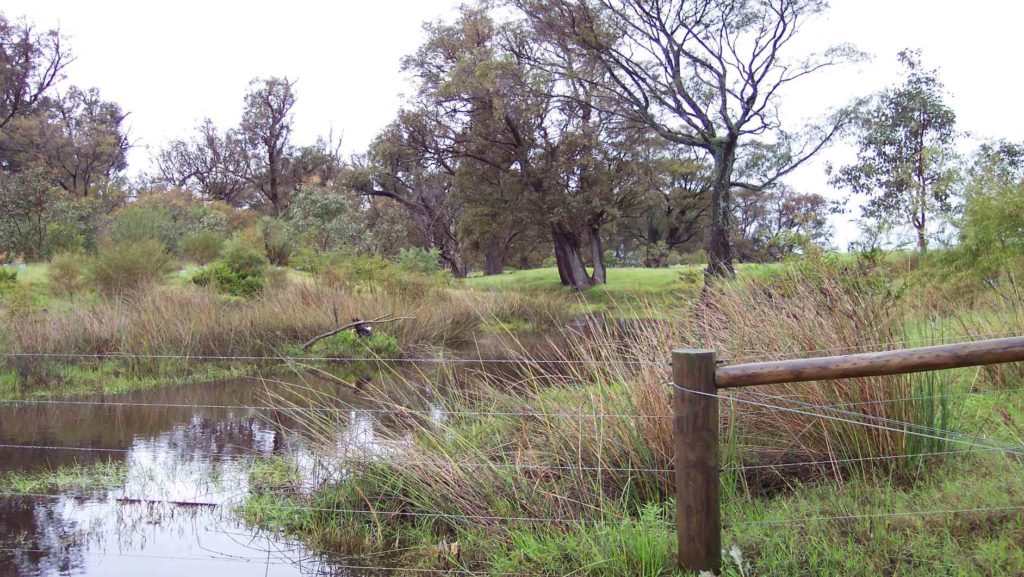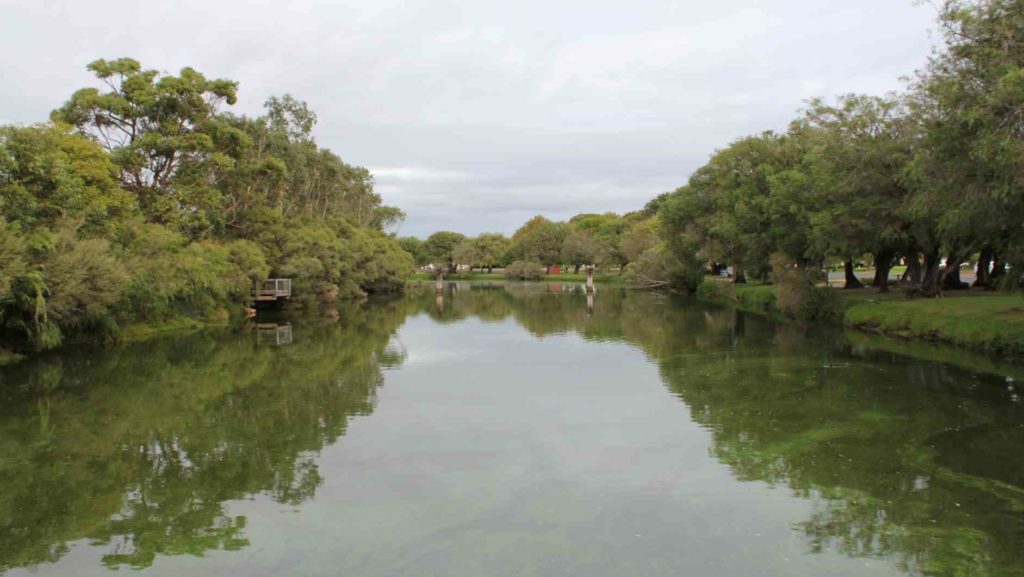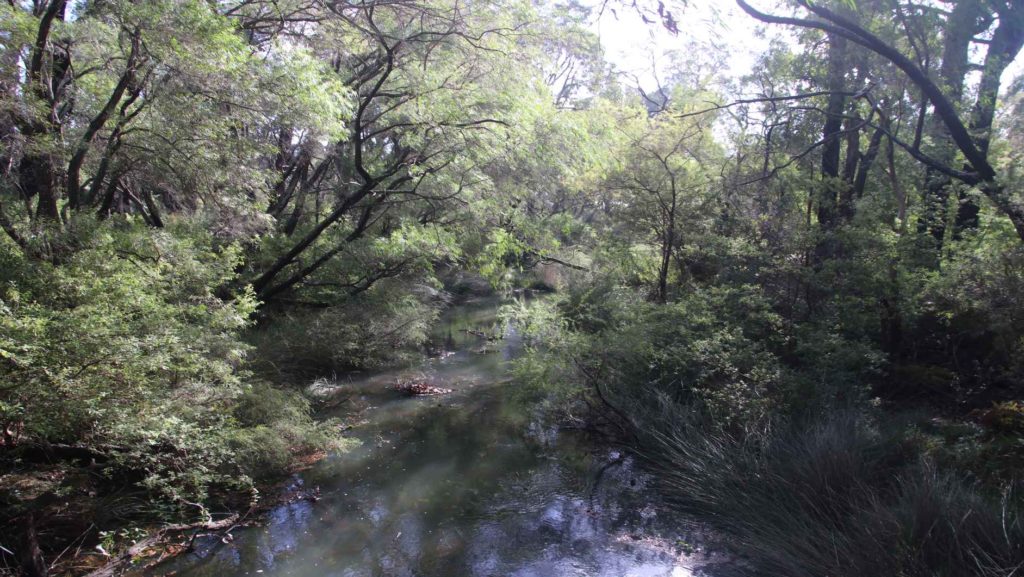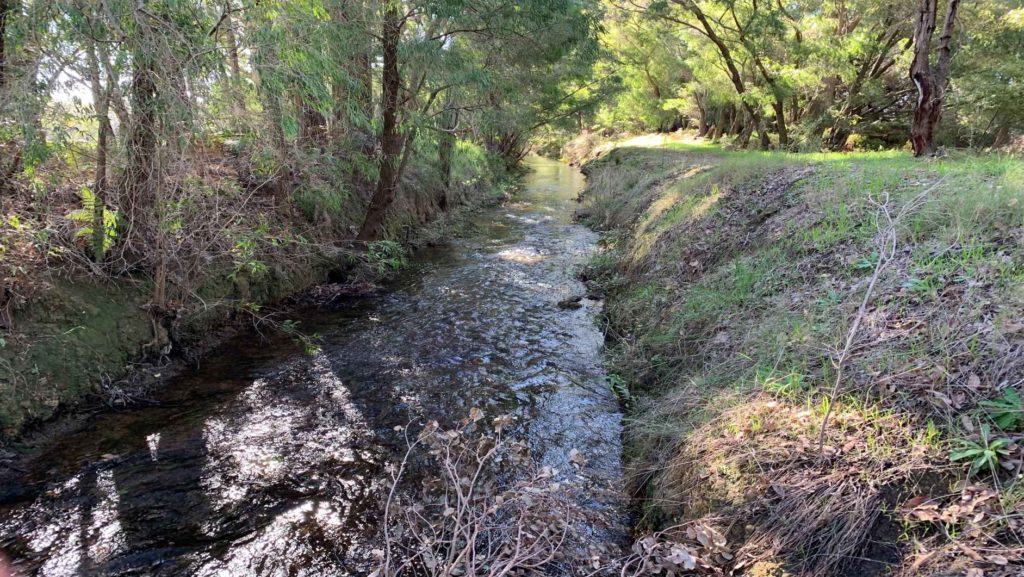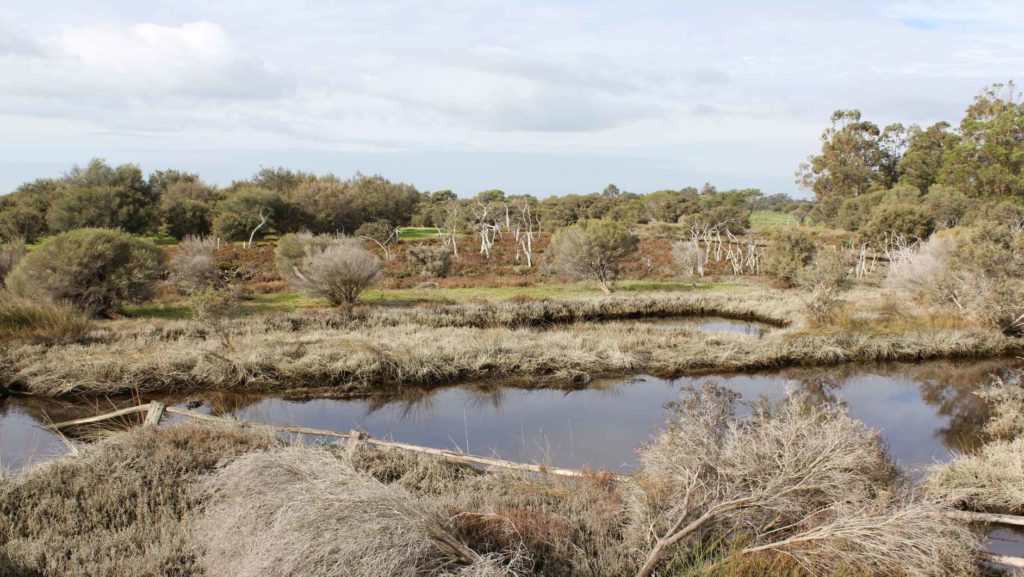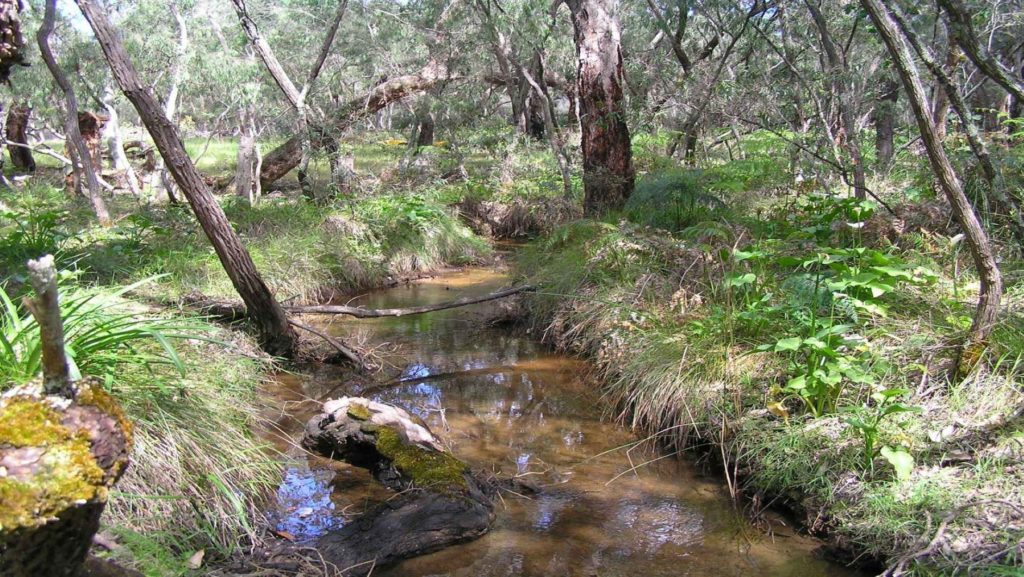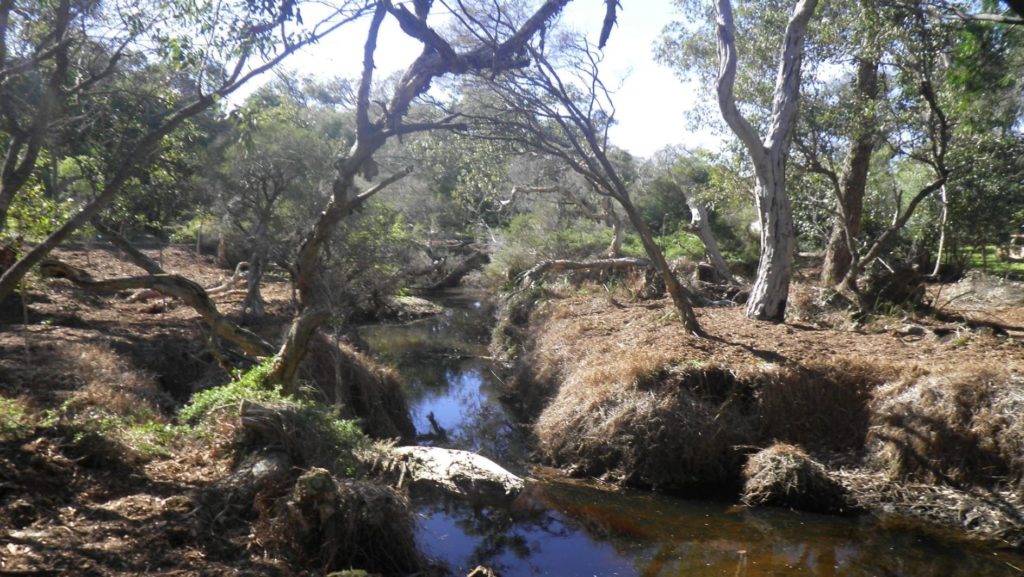- About
- News
- Events
- Resources
- Contact
- Which best describes you?
- Community
News
What do snake-necked turtles and firewise gardens have in common? They are both onEver wondered what sort of life is in the pools and rivers of the - Farmer
News
What do worm poo and compost tea have to do with helping both farmersEver wondered what sort of life is in the pools and rivers of the - School
News
Over 700 students from Dunsborough Primary School descended on Geographe Bay for the annualSixty participants recently attended the Nest Building for Wildlife workshop at Bunbury Cathedral Grammar - Partner
News
What do worm poo and compost tea have to do with helping both farmersEver wondered what sort of life is in the pools and rivers of the

